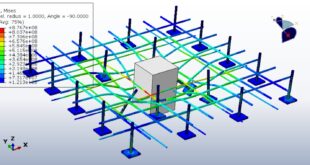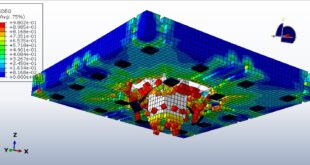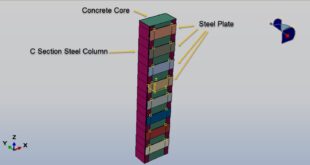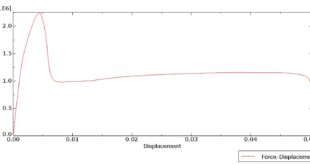Introduction to Strengthening Corroded Steel Columns with CFRP
Corrosion in steel columns is a major concern in structural engineering, leading to reduced load-bearing capacity, stiffness, and overall structural integrity. Traditional repair methods, such as steel plate bonding or section enlargement, can be costly, labor-intensive, and sometimes impractical. Carbon Fiber Reinforced Polymer (CFRP) has emerged as an advanced and efficient solution for strengthening corroded steel columns due to its high strength-to-weight ratio, corrosion resistance, and ease of application
You can see a figure of the assembled part below
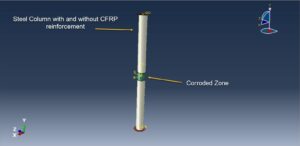
Why CFRP for Strengthening Corroded Steel Columns
High Tensile Strength & Stiffness: CFRP provides significant strength enhancement without adding excessive weight
Corrosion Resistance: Unlike steel, CFRP does not corrode, making it ideal for harsh environments
Ease of Application: CFRP sheets or laminates can be bonded to damaged steel columns with epoxy, requiring minimal downtime
Durability & Fatigue Resistance: CFRP improves the long-term performance of corroded steel structures
Common CFRP Strengthening Techniques
External Wrapping: CFRP sheets are wrapped around the column to provide confinement and increase axial capacity
Longitudinal Bonding: CFRP strips are adhesively bonded along the length of the column to enhance flexural and buckling resistance
Hybrid Techniques: Combining CFRP with other materials (e.g., steel jackets) for optimal performance
Key Considerations
Surface Preparation: Corroded steel must be cleaned and treated before CFRP application
Bonding Quality: Proper epoxy adhesion is crucial to prevent delamination
Design Compliance: CFRP strengthening must follow engineering guidelines (e.g., ACI 440, fib Bulletin 90)
CFRP strengthening offers a cost-effective, durable, and efficient solution for rehabilitating corroded steel columns, extending their service life while maintaining structural safety. Ongoing research continues to optimize CFRP techniques for different corrosion scenarios
After the simulation, all results of the column with and without CFRP are available, you can see some figures of the results below
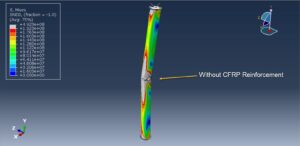
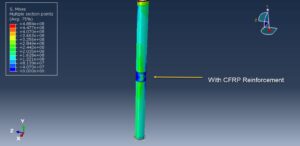
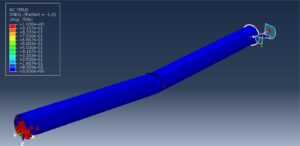
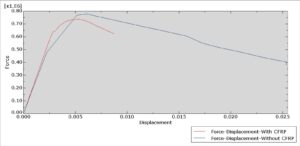
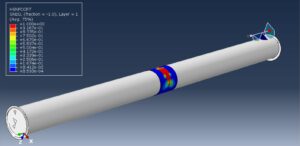
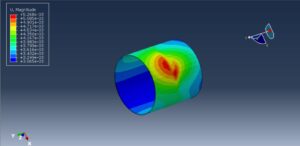
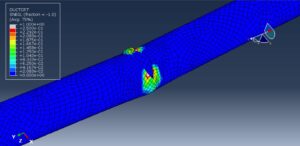
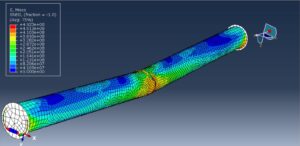
 Abaqus tutorials Abaqus tutorials
Abaqus tutorials Abaqus tutorials
